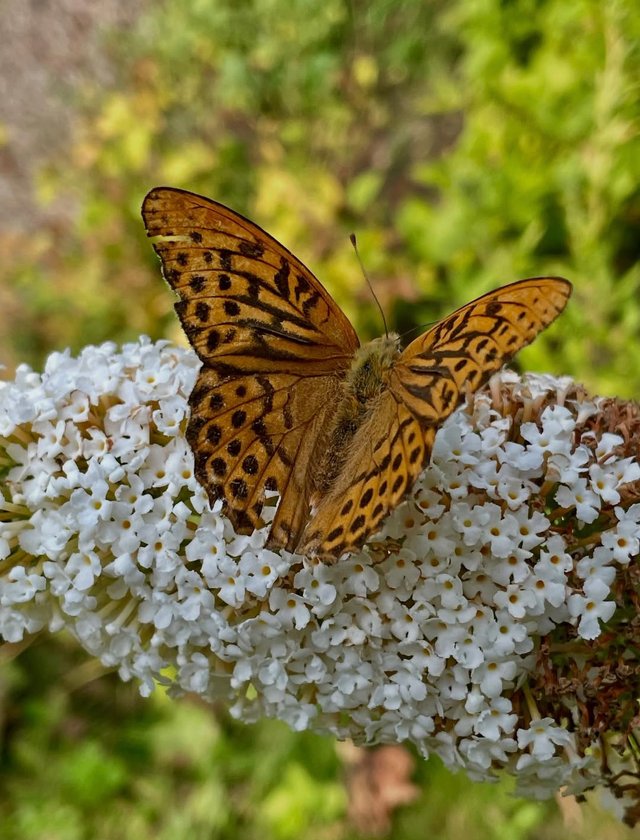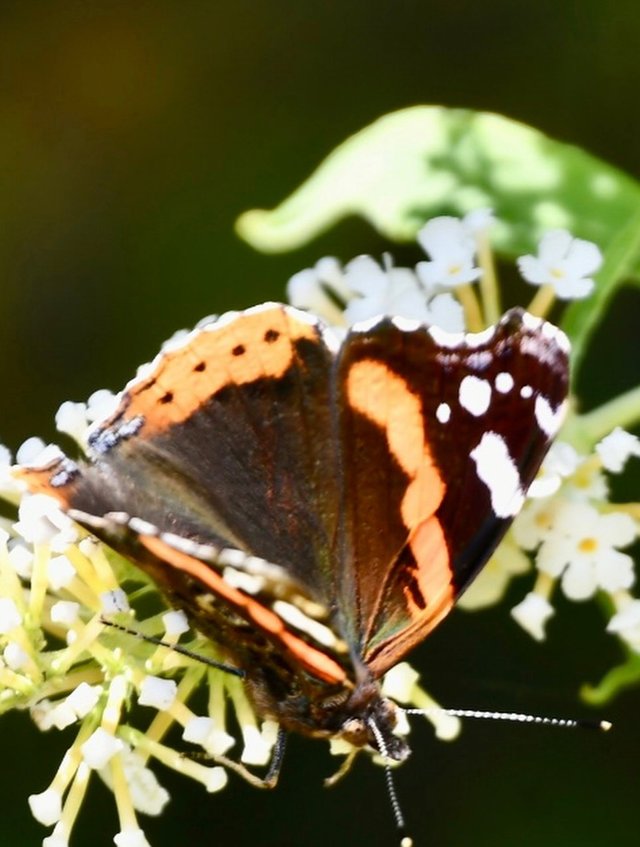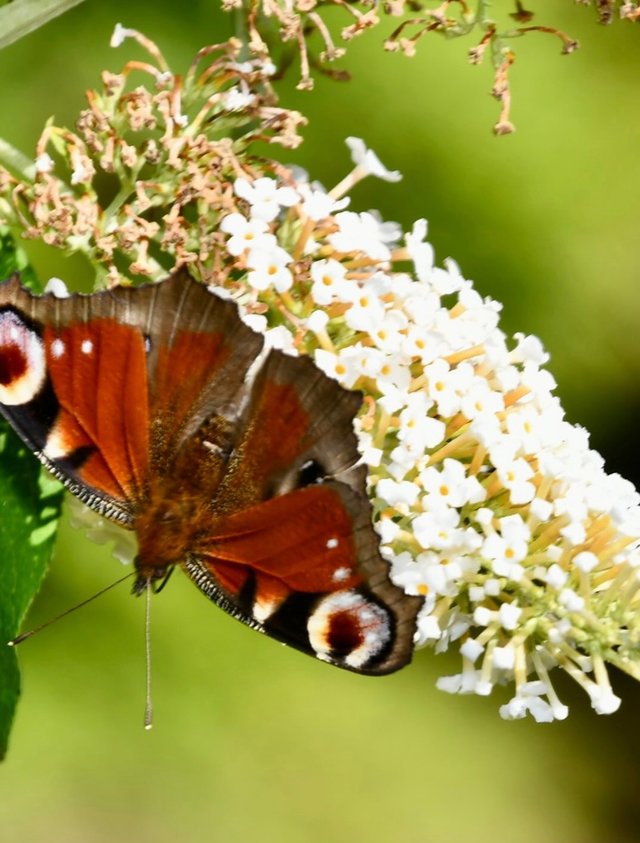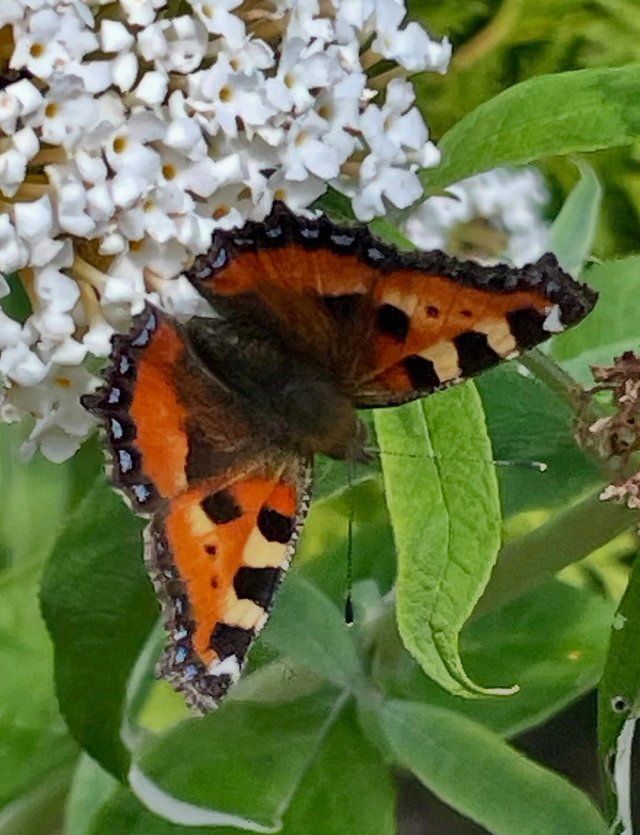Butterfly and Flower
Butterfly and flower share one of nature’s most fascinating and beautiful relationships, symbolizing harmony, transformation, and interdependence. The presence of butterflies around flowers is not merely a scene of beauty but also a crucial ecological process that sustains biodiversity. Flowers provide nectar, which serves as the primary food source for adult butterflies, offering them essential sugars and energy for flying, mating, and laying eggs. In return, butterflies act as pollinators, transferring pollen grains from one flower to another, thus helping in fertilization and the continuation of plant species.
This mutual relationship is a prime example of coevolution where both organisms benefit, making them interlinked in the delicate balance of ecosystems. The process begins when butterflies, attracted by the bright colors and fragrances of flowers, land delicately on petals and extend their proboscis, a long straw-like mouthpart, into the flower’s nectar tubes. While feeding, pollen grains stick to their legs, bodies, and wings, and as they move to the next flower, these grains are deposited, allowing cross-pollination to occur. Different flowers evolve specific shapes, sizes, and colors to attract butterflies, and butterflies, in turn, adapt their feeding behaviors and proboscis length to access nectar efficiently.
The sight of butterflies fluttering among blossoms has inspired countless cultures, poets, and artists throughout history, symbolizing transformation, rebirth, and fleeting beauty. Flowers like zinnias, marigolds, lantanas, asters, cosmos, and milkweed are particularly favored by butterflies, while native wildflowers also play a critical role in supporting local butterfly populations. Beyond beauty, the butterfly-flower connection plays a vital role in sustaining agriculture and wild plant diversity, as many crops and flowering plants depend on pollinators for reproduction. Loss of butterfly habitats due to urbanization, pesticide use, and climate change poses a serious threat to this natural partnership, leading to declines in both butterfly populations and flowering plant diversity.




